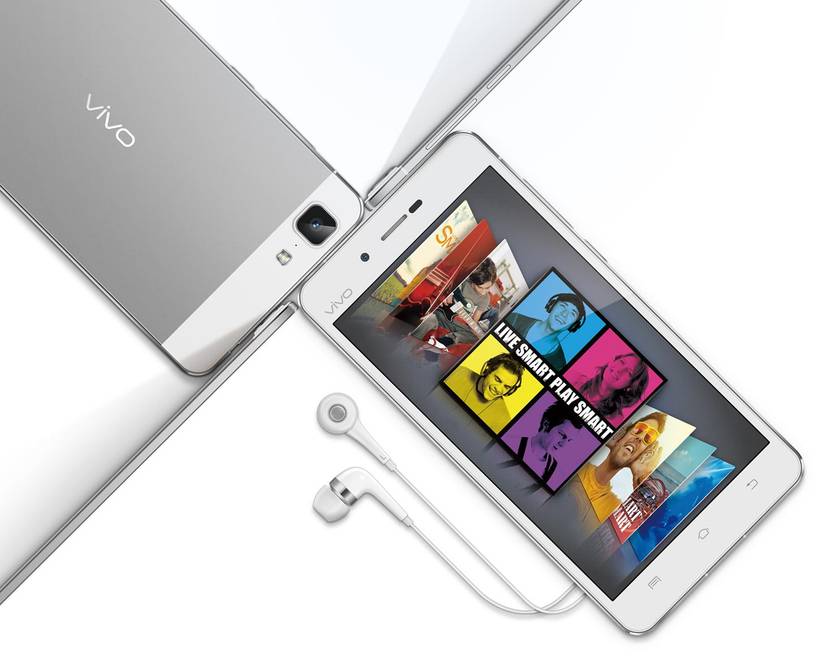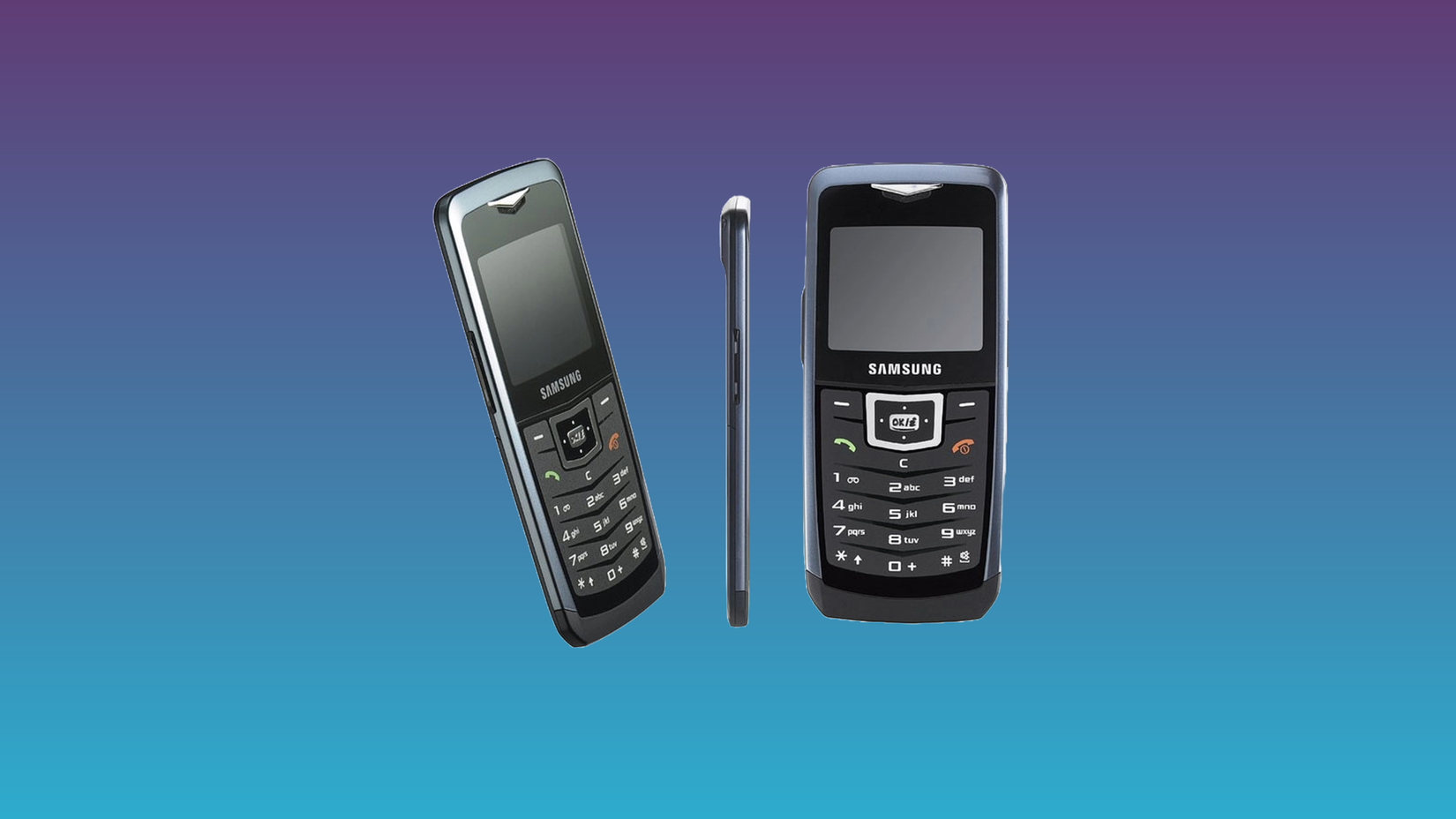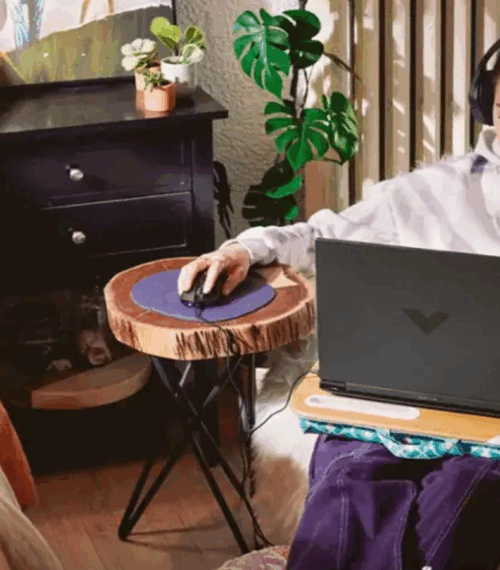Apple touts the iPhone Air as one of the thinnest phones ever, which is technically true, if we choose to ignore that massive camera bump. Without it, the iPhone Air has a depth of only 5.6mm, making it the slimmest iPhone ever. But it's far from the thinnest phone out there.
Motorola Moto Z
The legendary Moto Z was a proper looker back in the day, and arguably the most successful modular phone ever. It launched in the latter part of 2016 and immediately caught the attention of the tech world with its unbelievably slim body, stunning 5.5-inch OLED screen, and a selection of hot-swappable modules called "Moto Mods," capable of expanding its capabilities in various ways.

Despite its thin frame, the Moto Z packed a punch. It came with the then-flagship Snapdragon 820, and packed a 14MP OIS camera with laser autofocus that produced excellent photos for its time. It even came with a microSD card slot—remember those? It did lack a headphone jack, though.
Something had to give, and aside from the headphone jack, that something was the battery. The built-in 3,500mAh cell was inadequate for the power-hungry collection of hardware housed inside the body. Despite Motorola offering all kinds of modules, including a projector, a gamepad, a camera with a 10x optical zoom, and a fantastic speaker, most owners opted for the power pack that doubled the battery capacity.
Oppo R5
The Oppo R5 came out at the tail end of 2014. At the time of release, it was the thinnest phone ever, a title it would hold for only a brief period, as the vivo X5Max would beat it just a few days later. Measuring just 4.9mm in depth, the Oppo R5 was as thin as a reed, but it had to sacrifice both the SD card slot and a headphone jack to accomplish this.

Another casualty of the extreme slim-down was the battery. Despite packing a humongous screen for the time (a 5.2-inch AMOLED panel), the Oppo R5 featured a teeny tiny 2000mAh battery. The battery life was serviceable in phone call tests, but once you fired up the browser or tried watching videos, the phone would die in less than six hours. At least it supported 20W fast charging, an impressive feature in 2014.
Aside from its extremely thin profile, the Oppo R5 wasn't a particularly eye-catching device. It featured a rather plain design with the era-appropriate massive bezels and haptic navigation buttons placed under the screen. Its camera was also solid, but nothing to write home about. In the end, the only thing people remember it by is the fact that it was the second-ever touch-era smartphone to ditch the then-staple headphone jack.
vivo X5Max
The vivo X5Max took the title of the world's thinnest smartphone from the Oppo R5 just days after the R5's launch. Its 4.8mm-thin body wasn't the only thing going for it. Unlike the R5, which had to sacrifice a lot to win the title of the world's slimmest phone, the X5Max was, despite its thin-as-paper chassis, packed with every feature you'd expect from a smartphone in 2014.

It had both a headphone jack and a microSD card slot, a massive 5.5-inch 1080p AMOLED screen, 4G LTE connectivity, but a rather small 2,300mAh battery. Granted, the battery did have 15% more capacity than the one inside its biggest rival, the Oppo R5. vivo managed to fit a larger battery into the X5Max despite its slimmer body by slapping a massive screen at the front, thus increasing the phone's overall envelope.
While beating its closest rival in every other aspect, it didn't overshadow it in terms of design. Similarly to the Oppo R5, the X5Max was a plain-looking phone with thick bezels and large capacitive buttons under the screen. At least the R5 stayed in the tech world's collective memory as one of the first phones to ditch both the headphone jack and the SD card slot.
Micromax Canvas Sliver 5 Q450
The Micromax Canvas Sliver 5 Q450 is an obscure model from an even more obscure brand, but I included it on this list because it pushed the envelope in every sense of slimness. The phone had a 5.1mm thick profile, but it also weighed only 97 grams (3.42 ounces)!

Unlike every other model on this list, the phone didn’t have a camera bump at all. The 5.1mm body wasn’t its slimmest point; it was its actual thickness. The camera not protruding from the chassis was likely due to the 8MP module inside the phone being a low-end option, considering the rest of the specs.
The phone featured a 4.8-inch 720p AMOLED screen and a Snapdragon 410 SoC, a budget to lower mid-range option at the time. The owners of the phone had access to a headphone jack, but the lack of an SD card slot was a death sentence for a budget handset in 2015, especially since the storage topped out at only 16GB.
I had to include at least one foldable here, many of which are pretenders to the title of the thinnest phone ever, with a catch. If Apple can count only the iPhone Air's thinnest point as its official depth measurement, then foldable manufacturers can just as well claim their foldable phones are thinner than any candybar handset when unfolded.

Out of all foldables, the Huawei Mate XT Ultimate is the most exceptional because its thinnest point, measuring just 3.6mm, makes it the slimmest handset ever. However, being ultra-thin isn't the Mate XT Ultimate's only trick up its sleeve.
For starters, this is the world's first tri-folding phone. Its screen measures 6.4-inches when fully folded, 7.9-inches when you unfold two-thirds of it, and 10.2-inches when it is fully open. Fully unfolded, the Huawei Mate XT Ultimate's screen size surpasses that of most tablets.
You also have a choice between 256GB and 1TB of storage, along with 16GB of RAM in every storage configuration. Aside from the tri-fold screen and the impressive camera setup, the Huawei Mate XT Ultimate also includes a gigantic, three-cell Silicon Carbide battery with a capacity of 5,600mAh. Not as big as on some 10-inch tablets, but also mighty impressive considering the 3.6mm-thin profile. The cherry on the cake is support for 65W wired and 50W wireless charging.
Bonus: Samsung U100
For the finale, I’ve reserved a spot for an artifact of times long gone, the 18-year-old Samsung U100. This remnant of the aughts had held the title of the world's thinnest phone for a while. And while its 5.9mm thin body isn't as impressive today, and while the phone isn't as thin as the iPhone Air—well, the thinnest point of the iPhone Air—it was nothing short of awe-inspiring back in 2007.

The U100 packed an exquisite, but minuscule, 1.93-inch display, which offered 265K colors and a solid 146ppi density. You also had access to a whopping 70MB of internal storage, with no way to expand it since the phone omitted an SD card slot.
While the opposite of impressive in terms of specs, the Samsung U100 gives the iPhone Air a run for its money when it comes to design and the subjective feeling of sleekness. I don't know about you, but as a retro phone buff, I'd rather own one of these than a new and shiny iPhone Air.
















































































































